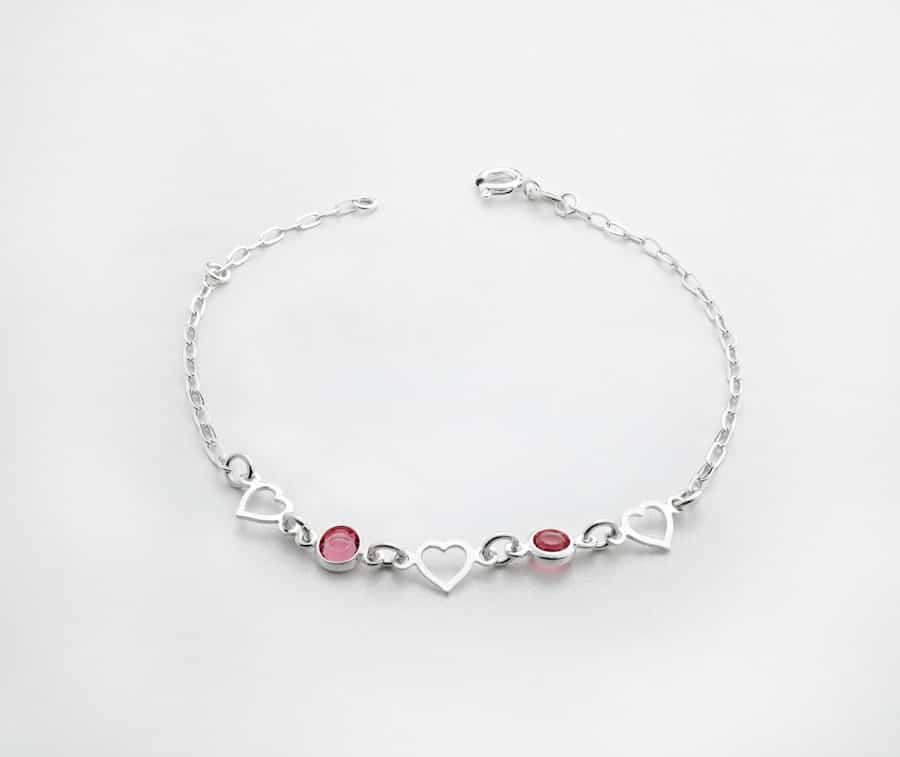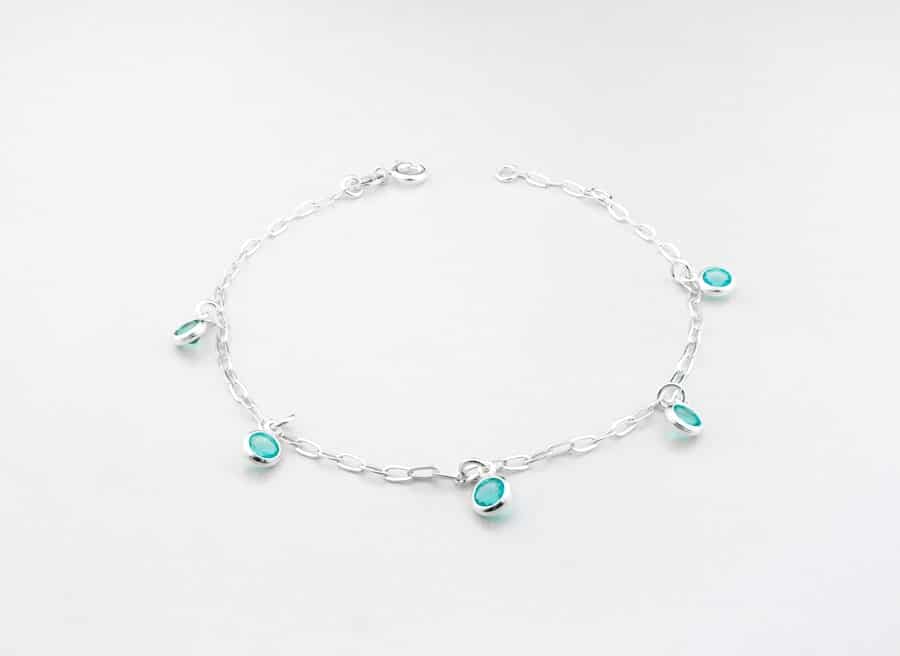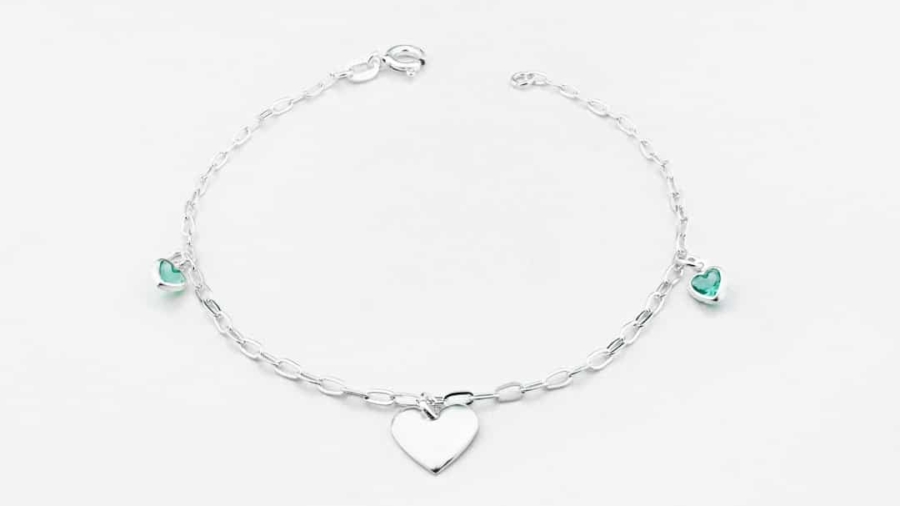The evolution of wearable technology has taken an intriguing turn with the advent of smart jewelry, a fusion of fashion and functionality that transcends traditional accessories. Unlike conventional jewelry, which primarily serves aesthetic purposes, smart jewelry integrates advanced technology to provide users with a range of features that enhance their daily lives. This innovative category includes rings, bracelets, necklaces, and earrings equipped with sensors and connectivity options that allow them to monitor various health metrics, track fitness activities, and even facilitate communication.
As consumers increasingly seek products that combine style with utility, smart jewelry has emerged as a compelling solution that caters to both needs. The appeal of smart jewelry lies not only in its technological capabilities but also in its ability to seamlessly blend into everyday life. Unlike bulkier fitness trackers or smartwatches, which can be conspicuous and sometimes detract from personal style, smart jewelry is designed to be discreet and elegant.
This aesthetic consideration is crucial, as it allows users to wear their health-monitoring devices without compromising their fashion sense. As the market for smart jewelry continues to expand, it reflects a growing trend where technology and personal expression intersect, paving the way for a new era of health-conscious consumers who prioritize both wellness and style.
Key Takeaways
- Smart jewelry is a new category of wearable technology that combines fashion with functionality, allowing users to monitor their health indicators discreetly and stylishly.
- Smart jewelry uses sensors to monitor health indicators such as heart rate, activity levels, and sleep patterns, providing users with valuable insights into their overall well-being.
- Smart jewelry plays a crucial role in preventive health care by empowering users to track their health indicators and make informed decisions about their lifestyle and habits.
- The advantages of smart jewelry include convenience, style, and continuous health monitoring, while limitations include cost, accuracy, and potential discomfort for some users.
- Examples of smart jewelry include rings, bracelets, and necklaces with features such as activity tracking, stress monitoring, and emergency alert systems, offering a wide range of options for users.
- Privacy and security concerns with smart jewelry include data protection, unauthorized access, and potential misuse of personal health information, raising important ethical considerations.
- The future of smart jewelry in health monitoring looks promising, with advancements in sensor technology, data analytics, and integration with healthcare systems driving innovation in this field.
- In conclusion, smart jewelry has the potential to have a significant impact on health and wellness by providing users with valuable health insights and promoting proactive health management.
How Smart Jewelry Monitors Health Indicators
Smart jewelry employs a variety of sensors and technologies to monitor health indicators, providing users with real-time data about their physiological states. Many pieces are equipped with heart rate monitors, accelerometers, and gyroscopes that can track metrics such as heart rate variability, sleep patterns, physical activity levels, and even stress indicators. For instance, a smart ring may utilize photoplethysmography (PPG) technology to measure blood flow and heart rate by shining light through the skin and analyzing the reflected light.
This non-invasive method allows users to gain insights into their cardiovascular health without the need for cumbersome equipment. In addition to heart rate monitoring, some smart jewelry can track sleep quality by analyzing movement patterns during the night. By assessing how often a user wakes up or changes positions, these devices can provide valuable feedback on sleep cycles and overall restfulness.
Furthermore, advanced models may incorporate temperature sensors to monitor body temperature fluctuations, which can be indicative of various health conditions. The data collected by these devices is often synced with mobile applications, allowing users to visualize trends over time and make informed decisions about their health and wellness.
The Role of Smart Jewelry in Preventive Health Care

Smart jewelry plays a pivotal role in preventive health care by empowering individuals to take charge of their well-being through continuous monitoring and data analysis. By providing users with immediate access to vital health metrics, these devices encourage proactive health management rather than reactive treatment. For example, a user who notices an unusual spike in their heart rate may be prompted to consult a healthcare professional before a potential issue escalates into a more serious condition.
This shift towards preventive care is particularly significant in an era where chronic diseases are on the rise, and early intervention can lead to better health outcomes. Moreover, the integration of smart jewelry into daily routines fosters a greater awareness of personal health. Users can set goals for physical activity or sleep quality and receive reminders or alerts when they are not meeting those targets.
This gamification of health management not only motivates individuals to stay active but also instills a sense of accountability. As users become more attuned to their bodies and health patterns, they are better equipped to make lifestyle changes that can prevent illness and promote longevity.
Advantages and Limitations of Smart Jewelry
The advantages of smart jewelry are manifold, particularly in its ability to combine style with functionality. One of the most significant benefits is the convenience it offers; users can monitor their health metrics without needing to wear multiple devices or carry additional gadgets. This streamlined approach makes it easier for individuals to integrate health monitoring into their daily lives without feeling burdened by technology.
Additionally, many smart jewelry pieces are designed with user-friendly interfaces that allow for easy navigation and data interpretation, making them accessible even for those who may not be tech-savvy. However, there are limitations associated with smart jewelry that warrant consideration. One major concern is the accuracy of the data collected by these devices.
While many smart jewelry products utilize advanced sensors, they may not always provide readings that are as precise as those obtained from medical-grade equipment. Variability in individual physiology can also affect the reliability of measurements, leading to potential misinterpretations of health status. Furthermore, the reliance on technology raises questions about battery life and device longevity; users may find themselves needing to recharge or replace their devices more frequently than anticipated.
Examples of Smart Jewelry and their Features
Several notable examples of smart jewelry illustrate the diverse functionalities available in this burgeoning market. The Oura Ring is one such product that has garnered attention for its comprehensive health tracking capabilities. This sleek ring monitors heart rate, sleep quality, body temperature, and activity levels while providing users with personalized insights through its accompanying app.
The Oura Ring’s design is minimalist yet elegant, making it suitable for both casual and formal occasions. Another example is the Motiv Ring, which focuses on fitness tracking while maintaining a stylish appearance. It tracks steps taken, calories burned, and sleep patterns while also offering features like heart rate monitoring.
The Motiv Ring’s unique design allows it to be worn comfortably throughout the day without drawing attention to its technological capabilities. Additionally, brands like Bellabeat have created smart jewelry specifically targeted toward women’s health; their Leaf Urban device functions as a necklace or bracelet while tracking menstrual cycles, stress levels, and physical activity.
Privacy and Security Concerns with Smart Jewelry

As with any technology that collects personal data, privacy and security concerns are paramount when it comes to smart jewelry. These devices often require users to share sensitive information such as health metrics, location data, and personal preferences in order to function effectively. This raises questions about how this data is stored, who has access to it, and how it may be used in the future.
Users must be vigilant about understanding the privacy policies associated with their devices and ensuring that they are comfortable with the level of data sharing required. Moreover, the potential for data breaches poses a significant risk. If a hacker gains access to a user’s health data or personal information stored within a smart jewelry device or its associated app, it could lead to identity theft or unauthorized use of sensitive information.
Manufacturers must prioritize robust security measures to protect user data from cyber threats while also being transparent about their data handling practices. As consumers become more aware of these issues, they may demand greater accountability from companies producing smart jewelry.
The Future of Smart Jewelry in Health Monitoring
The future of smart jewelry in health monitoring appears promising as advancements in technology continue to evolve at a rapid pace. Innovations such as artificial intelligence (AI) and machine learning are likely to enhance the capabilities of these devices further. For instance, AI algorithms could analyze vast amounts of health data collected from users to identify patterns or predict potential health issues before they arise.
This predictive capability could revolutionize preventive healthcare by enabling users to take action based on personalized insights tailored specifically to their unique health profiles. Additionally, as materials science progresses, we may see the development of even more sophisticated sensors that can monitor additional health indicators with greater accuracy. Future iterations of smart jewelry could include features such as glucose monitoring for individuals with diabetes or hydration tracking for athletes.
The integration of augmented reality (AR) could also provide users with interactive experiences that enhance their understanding of their health metrics in real-time. As consumer demand for stylish yet functional health-monitoring solutions grows, manufacturers will likely continue to innovate in ways that make smart jewelry an indispensable part of modern wellness practices.
The Potential Impact of Smart Jewelry on Health and Wellness
Smart jewelry represents a significant advancement in the intersection of technology and personal wellness. By offering stylish yet functional solutions for health monitoring, these devices empower individuals to take control of their well-being in ways that were previously unimaginable. As they continue to evolve in terms of features and capabilities, smart jewelry has the potential to transform how we approach preventive healthcare and daily wellness practices.
The impact of smart jewelry extends beyond individual users; it could also influence broader public health initiatives by providing valuable data that can inform healthcare policies and practices. As more people adopt these technologies and contribute their data anonymously for research purposes, we may gain insights into population health trends that can drive improvements in healthcare delivery systems worldwide. Ultimately, the integration of smart jewelry into our lives signifies a shift towards a more proactive approach to health management—one that embraces both technology and personal expression in pursuit of better health outcomes.
If you are interested in wearable technology like smart jewelry that can track health indicators, you may also want to check out this article on the best software for furniture design.
To learn more about the top picks for furniture design software, click here.
FAQs
What is smart jewelry?
Smart jewelry refers to wearable accessories, such as rings, bracelets, and necklaces, that are embedded with technology to track various health and fitness indicators.
How does smart jewelry track health indicators?
Smart jewelry uses sensors and other technology to monitor subtle health indicators, such as heart rate, sleep patterns, and activity levels. This data is then typically synced to a smartphone app for the user to review.
What are some examples of subtle health indicators that smart jewelry can track?
Smart jewelry can track indicators such as heart rate variability, skin temperature, stress levels, and even menstrual cycles in some cases.
Is smart jewelry accurate in tracking health indicators?
The accuracy of smart jewelry in tracking health indicators can vary depending on the specific device and its technology. It’s important for users to research and choose reputable brands with proven accuracy.
Are there any privacy concerns with using smart jewelry to track health indicators?
As with any wearable technology, there are potential privacy concerns with smart jewelry. Users should be aware of how their data is being collected, stored, and used, and should review the privacy policies of the smart jewelry company.
Can smart jewelry be used as a medical device?
While smart jewelry can provide valuable health data, it is not a replacement for medical devices or professional medical advice. It is important for users to consult with healthcare professionals for any health concerns.

